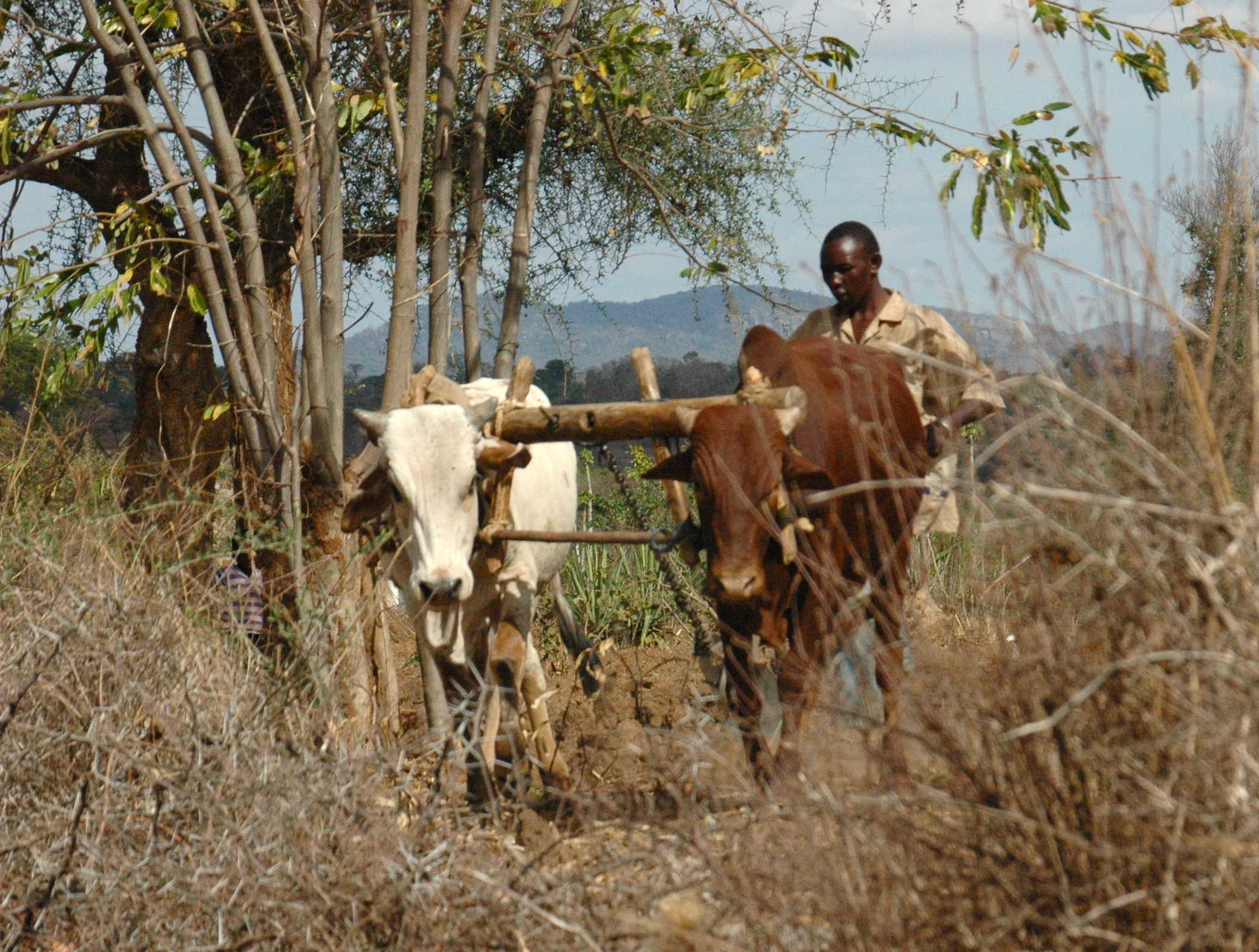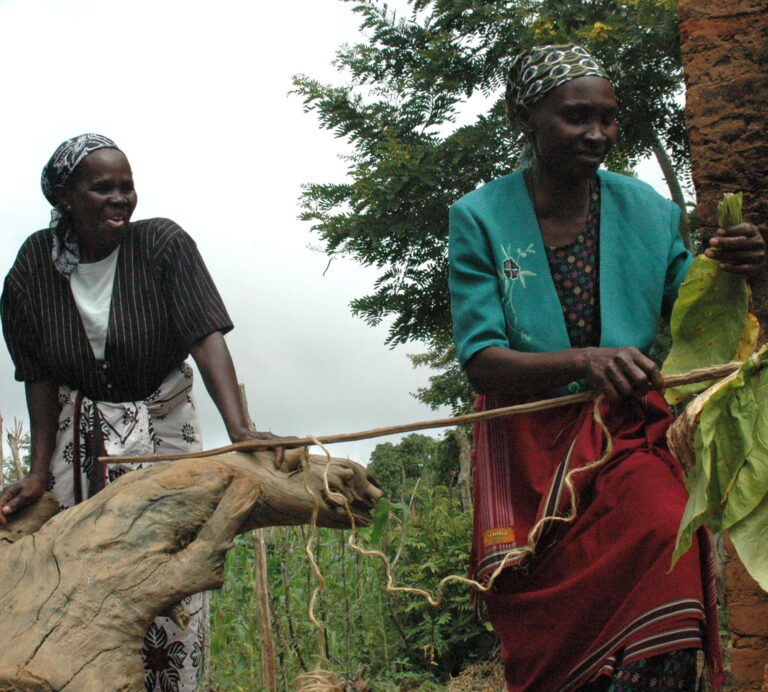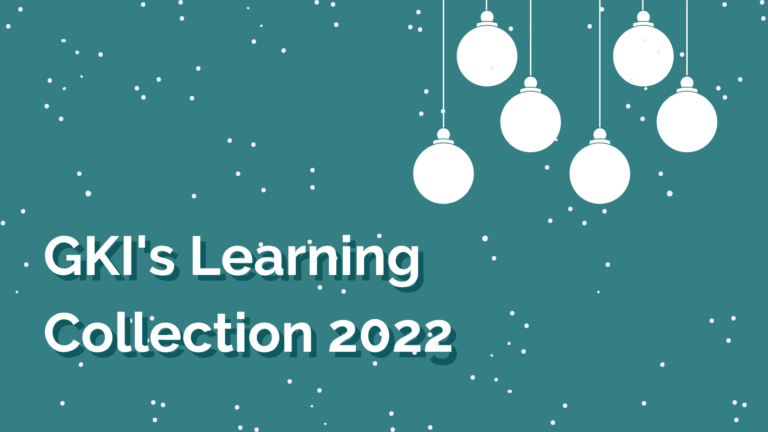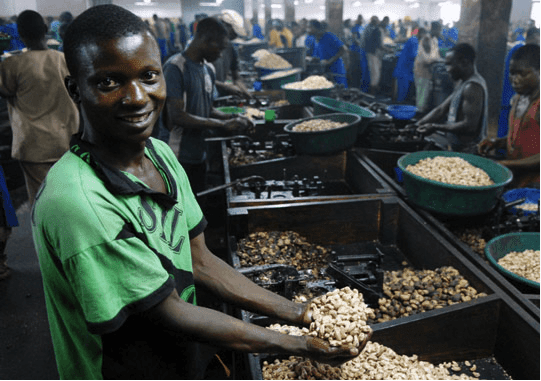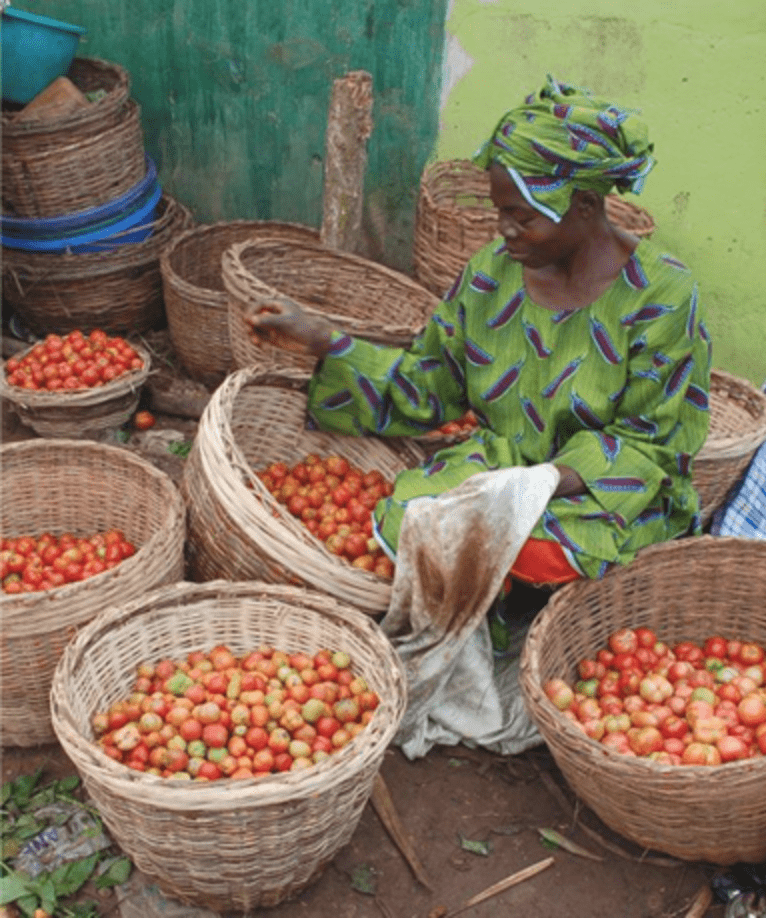LINK team carries out rainwater harvesting field research in Eastern Kenya

Farmers in Kenya’s drylands use numerous techniques and technologies to capture the scant water that falls during rainy seasons. Rainwater harvesting (RWH) technologies, which range from simple to complex — and inexpensive to very expensive — also vary in effectiveness and optimal use. In order to make smart decisions about financing and implementing RWH structures, it is important to know not just their technical specifications and expected water capacity, but also their return on investment (ROI) on the ground. At present, this data is largely unavailable.
LINK (Learning and Innovation Network for Knowledge and Solutions) winner Dr. Kennedy Mwetu of Kenyatta University (KU) had a number of questions that he knew needed to be answered in order for farmers, financiers, and implementing organizations to make better decisions on RWH: How quickly can a farmer reach ROI in a “farm pond,”? How does ROI differ for a large, community-owned “sand dam”? What combination of crops and other inputs make for optimal ROI? Mwetu, a team of researchers and graduate students from KU, and partners from World Agroforestry Center (ICRAF) in Nairobi set out in late October 2013 to identify empirical data suggesting answers to these and other questions. Their ultimate goal was to identify viable business models for RWH, and free up financing for the most effective, scalable technologies.
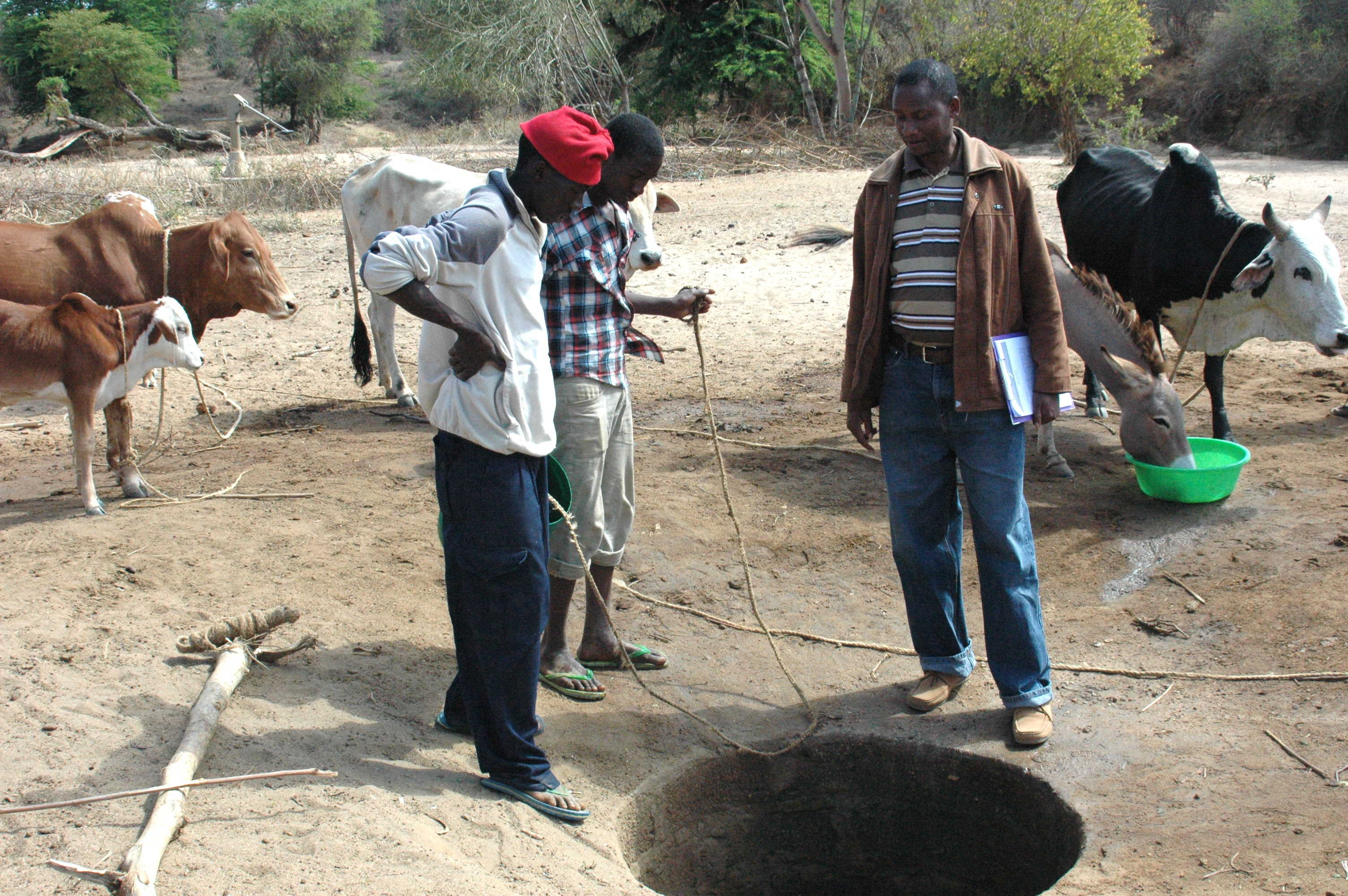
In collaboration with the Global Knowledge Initiative and Dr. Mick O’Neill, a plant production professor at New Mexico State University, Mwetu’s team and ICRAF developed a research methodology and interview protocol using best practices in socio-economic research. The methodology is designed to be scalable, and to be used across the drylands of Kenya and elsewhere. In late October and early November 2013, they would test their methodology in Eastern Kenya.
Before heading to the field, GKI Program Officer Andrew Gerard and Mick O’Neill met with KU students to provide training on field research methods. GKI trained 20 students on 1) skills for empathizing with communities and 2) tips for undertaking socio-economic field research, with five of the students later joining the team in the field. Dr. O’Neill also delivered a module introducing the “aWhere” online weather analysis program to students and faculty. To further prepare students, GKI developed a custom research handbook designed to provide specific instructions and practical hints for gathering data in the field.
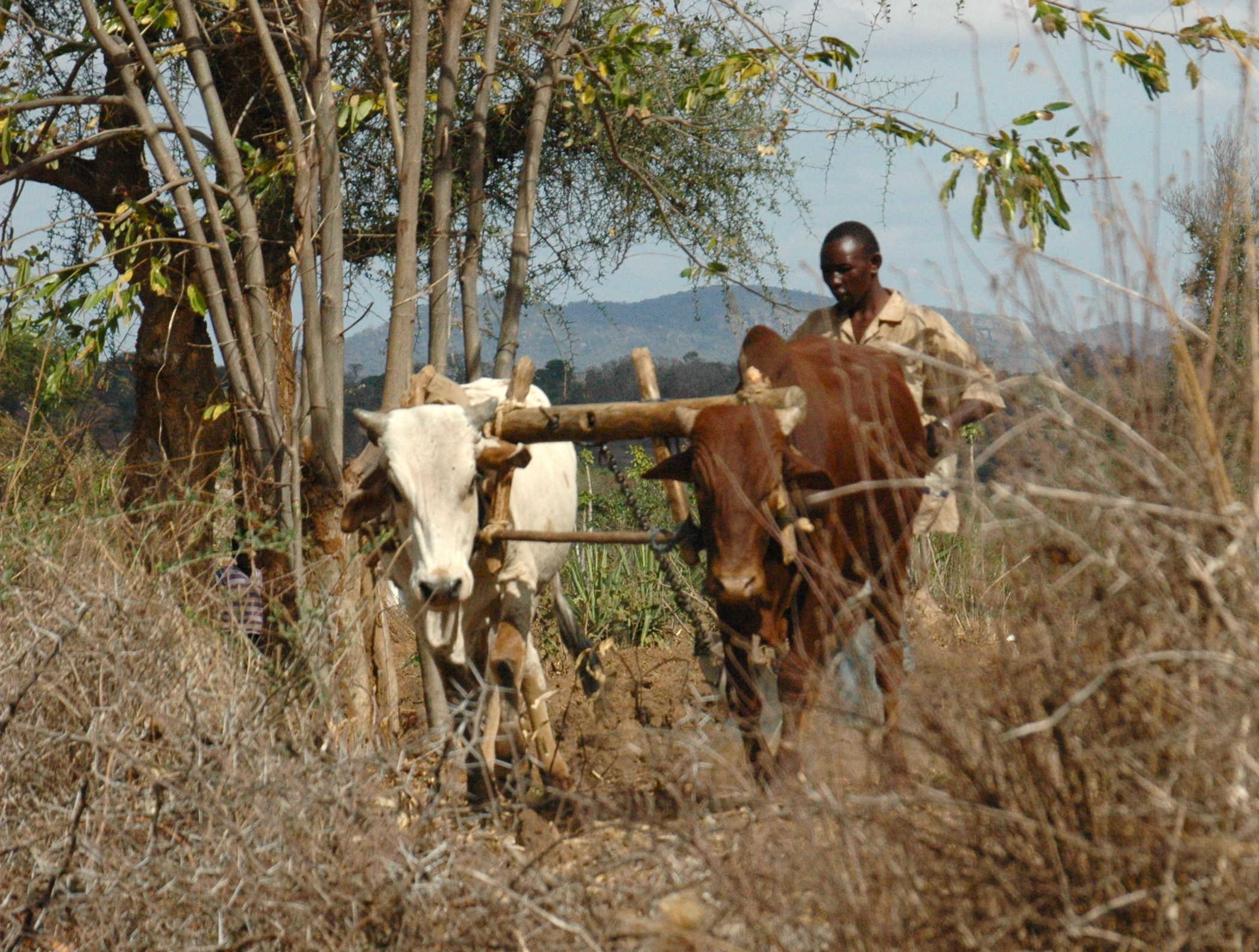
Upon completing training, the team headed to the field. Dr. Mwetu, KU Soil Scientist Dr. Benjamin Danga, and five graduate students represented KU. They were joined by LINK team member Dr. Patrick Kariuki of South Eastern Kenya University, Alex Oduor and Verrah Otiende of ICRAF, and local consultant Angela Ndiu. The groups headed to three counties in Eastern Kenya. In Kitui County, researchers analyzed 37 sand dams constructed by local NGO Sahelian Solutions (SASOL) and spoke with over 50 farmers, in Machakos County, researchers interviewed 18 farmers who had built their own farm ponds, and in Makueni County, they spoke with 41 farmers using lined farm ponds constructed by ICRAF and its partners.
Across three counties, research teams spoke to over 120 farmers using quantitative and qualitative research methods. They gathered data on incomes, investments, expenditures, agricultural practices, and other variables. Over the coming weeks, the LINK team at KU will partner with ICRAF and NMSU to analyze the information. We will disseminate results both by publishing our findings and through events aimed at bringing additional energy and investment into the effort.
As the LINK team and partners analyze this data, they will identify opportunities to leverage findings into action. Below, find a few of our goals for moving from research to action:
- Gain visibility for field research through publication and presentations
- Modify research protocol and encourage use in other contexts and geographies
- Hold events and organize outreach to share findings and recruit collaborators across academia, government, NGOs, and the private sector—with special emphasis on financial institutions
- Continue building a coalition committed to freeing up financing, simplifying decision-making, and building capacity on RWH in Kenya’s drylands
- Reach practical solutions that improve the lives of thousands—if not millions—of Kenyan farmers

For more information on this effort, contact GKI Program Officer Andrew Gerard at: andrew.gerard@gkinitiative.org or Kenyatta University lecturer Dr. Kennedy Mwetu at: kmwetu@yahoo.com.

